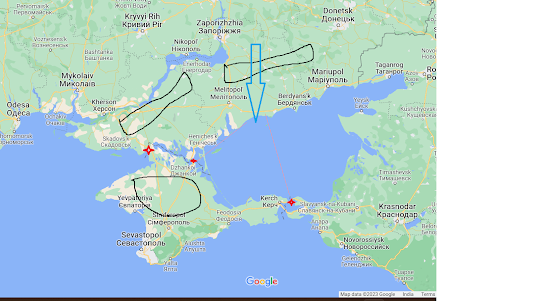Ukraine war part 4 - Ukraine's counter offensive.

Understanding Ukraine’s counteroffensive As I am not a military man, I would hesitate to comment on an actual battle, not just due to lack of subject matter expertise, but because there would be many who can do a better job of explaining military operational art. My posts on the Ukraine war have been either on grand strategy, or commenting on certain parameters, based on open-source data, where I think they are important indicators of how the conflict will pan out and there is no single article I have read that provides a good explanation. In this context, the Ukraine counter offensive (CO) which started on 4 th June has also not had analysis which looks at numbers and overall strategy to explain what is happening on the ground. Most Western reporting echoes press releases from the Ukraine Ministry of defense and reflects what the writers would ideally like to see happen, while Russian posts talk of heavy Ukrainian losses to a point where they are not credible. After going ...